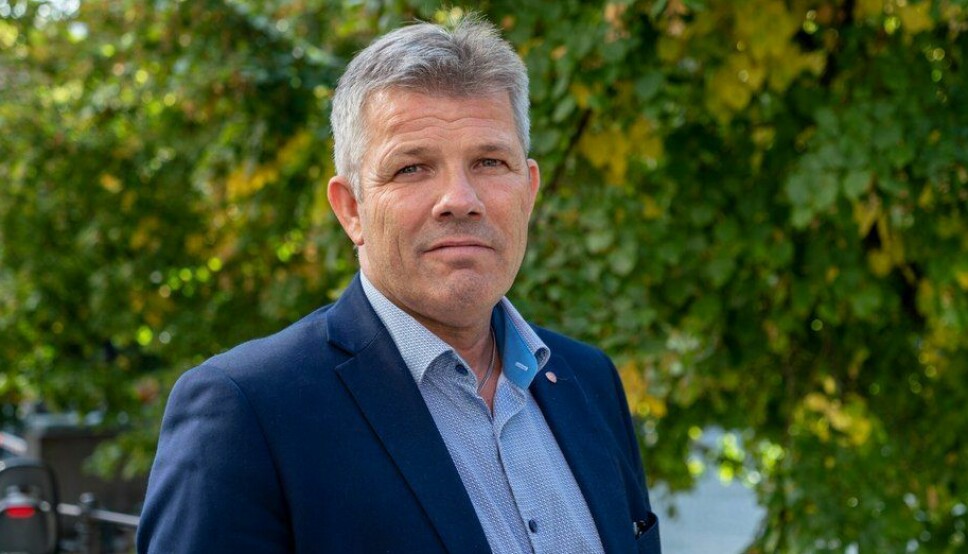
Norway freezes permit applications for land-based fish farms
Government seeks to balance regulations for net pens and flow-through projects
The Norwegian government has imposed a temporary halt on permit applications for new land-based fish farms so that it can modernise regulations to take account of the increasing number of coastal projects that utilise sea water.
“There has been significant technological development within concepts that seek permission for aquaculture production on land. This indicates that the industry is innovative and growing rapidly. However, we see that there is a need for clearer frameworks for what is to be considered aquaculture on land, as opposed to aquaculture in the sea,” said fisheries and oceans minister Bjørnar Skjæran in a press release.
The background for the temporary halt is that there are a number of applications for, and permits have been granted for, concepts with a close connection to the sea. This challenges the regulations’ clear distinction between aquaculture in the sea and aquaculture on land and shows a technological development that was not foreseen when the current regulations for aquaculture on land were introduced.
Six-month moratorium
Work is now under way in the Ministry of Industry and Fisheries to design a set of regulations that will take these challenges into account. This will be submitted for consultation shortly. The temporary suspension applies until the ministry has determined changes to the regulations and in the first instance is set at six months.
In the county municipalities, several applications for land-based aquaculture projects are awaiting processing, and most of these are based on the flow of seawater.
“The traffic light system creates growth within a sustainable framework for farming in the sea. When permission is given for aquaculture on land for a facility with a close connection to the sea, such facilities can affect the sea and sea-based breeders’ opportunity for growth within the traffic light system. For the sake of the environment and other farming activities in the sea, it is important that we avoid this,” said Skjæran.
Effective immediately, county municipalities will not be able to accept new applications for land-based aquaculture projects. The moratorium will apply until new regulations regarding aquaculture on land are introduced. Applications that are already being processed by county councils will be processed in the usual way. The same applies to appeals to the Directorate of Fisheries.























































